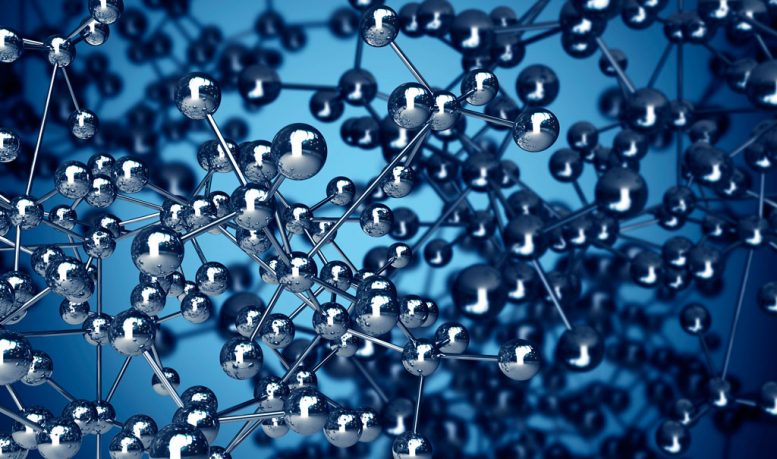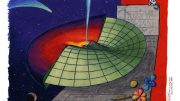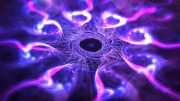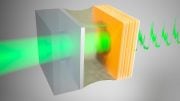
Researchers from Michigan State University have proposed a new approach to solving the complex many-particle Schrödinger equation using stochastic methods to identify wave function components and deterministic coupled-cluster computations, combined with energy corrections, to provide the missing information.
A group of Michigan State University researchers specializing in quantum calculations has proposed a radically new computational approach to solving the complex many-particle Schrödinger equation, which holds the key to explaining the motion of electrons in atoms and molecules.
By understanding the details of this motion, one can determine the amount of energy needed to transform reactants into products in a chemical reaction, or the color of light absorbed by a molecule, and ultimately accelerate the design of new drugs and materials, better catalysts, and more efficient energy sources.
The work, led by Piotr Piecuch, university distinguished professor in the Department of Chemistry and adjunct professor in the Department of Physics and Astronomy in the College of Natural Science, was published recently in Physical Review Letters. Also involved in the work are fourth-year graduate student J. Emiliano Deustua and senior postdoctoral associate Jun Shen. The group provides details for a new way of obtaining highly accurate electronic energies by merging the deterministic coupled-cluster and stochastic (randomly determined) Quantum Monte Carlo approaches.
“Instead of insisting on a single philosophy when solving the electronic Schrödinger equation, which has historically been either deterministic or stochastic, we have chosen a third way,” Piecuch said. “As one of the reviewers noted, the essence of it is remarkably simple: use the stochastic approach to determine what is important and the deterministic approach to determine the important, while correcting for the information missed by stochastic sampling.”
Solving the Schrödinger equation for the many-electron wave function has been a key challenge in quantum chemistry for decades. Anything other than a one-electron problem, such as a hydrogen atom, requires resorting to numerical methods, converted into sophisticated computer programs, such as those developed by Piecuch and his group. The main difficulty has been the intrinsic complexity of the electronic motion, which quantum chemists and physicists call “electron correlation.”
The new idea is to use the stochastic methods to identify the leading wave function components and the deterministic coupled-cluster computations, combined with suitable energy corrections, to provide the missing information. The merging of deterministic and stochastic approaches as a general method of solving the many-particle Schrödinger equation may also impact other areas, such as nuclear physics.
“In the case of nuclei, instead of being concerned with electrons, one would use our new approach to solve the Schrödinger equation for protons and neutrons,” Piecuch said. “The mathematical and computational issues are similar. Just like chemists want to understand the electronic structure of a molecule, nuclear physicists want to unravel the structure of the atomic nucleus. Once again, solving the many-particle Schrödinger equation holds the key.”
Reference: “Converging High-Level Coupled-Cluster Energetics by Monte Carlo Sampling and Moment Expansions” by J. Emiliano Deustua, Jun Shen and Piotr Piecuch, 29 November 2017, Physical Review Letters.
DOI: 10.1103/PhysRevLett.119.223003








Be the first to comment on "New Computational Approach to Solving the Schrödinger Equation"